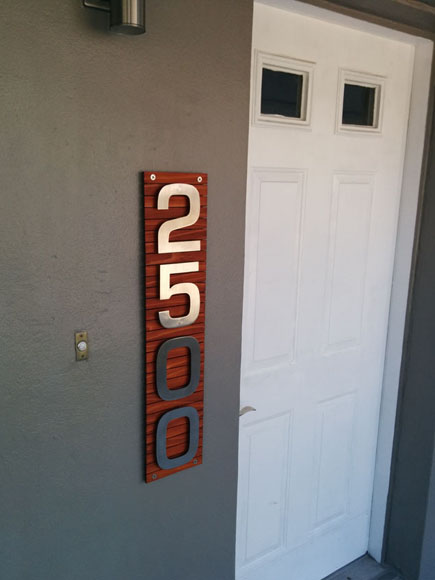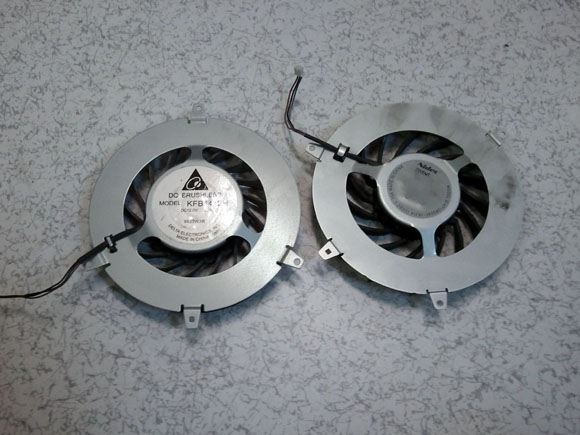Door-Mounted Pot Lid Hangers and a Return to YouTube
As part of my overall quest to push back the chaos in my kitchen and elsewhere, I made some lid hanger bars out of oak for my pot and pan cabinet. This represents something of a new beginning for me: it's a return to uploading videos to YouTube, but at a much higher level of quality, length, and I hope, entertainment value. This is also a sort of debut of my newly revamped home workshop; I was lucky enough to acquire quite a lot of new tools and machines early in 2020 and I've been integrating, improving, and setting those up ever since. Now it's time to actually make a few things, and hopefully get some interesting videos and other documents out of the experience. Enjoy!


